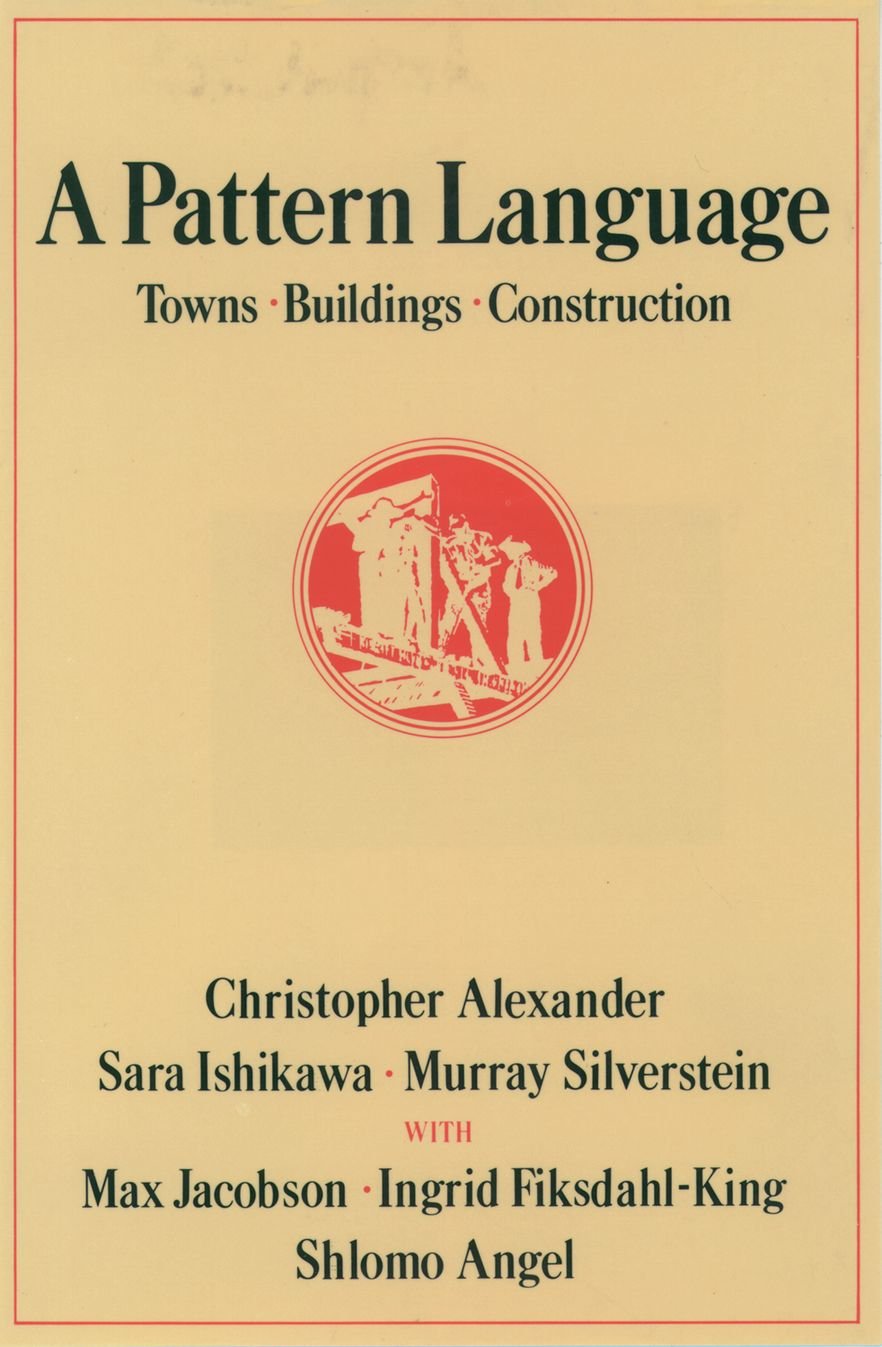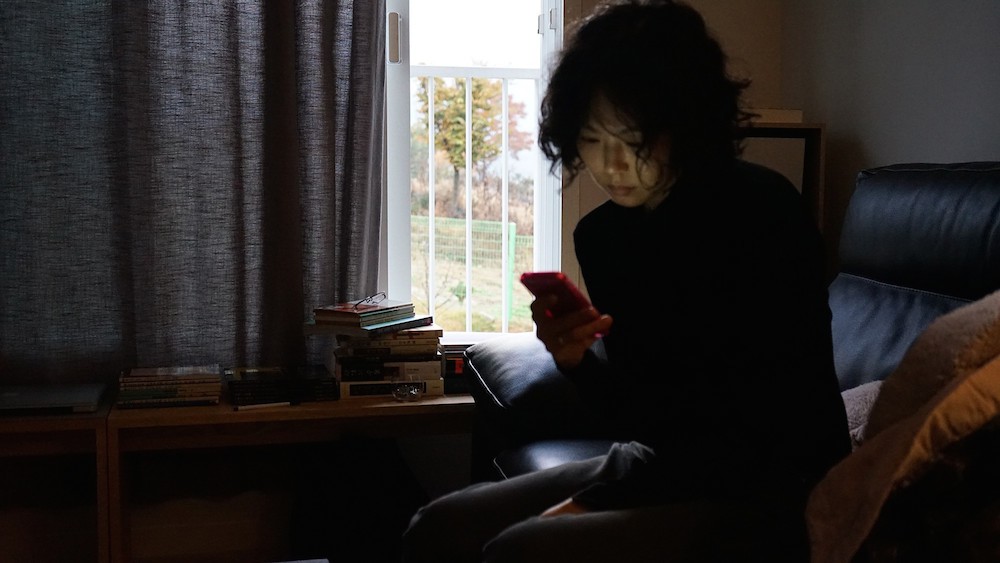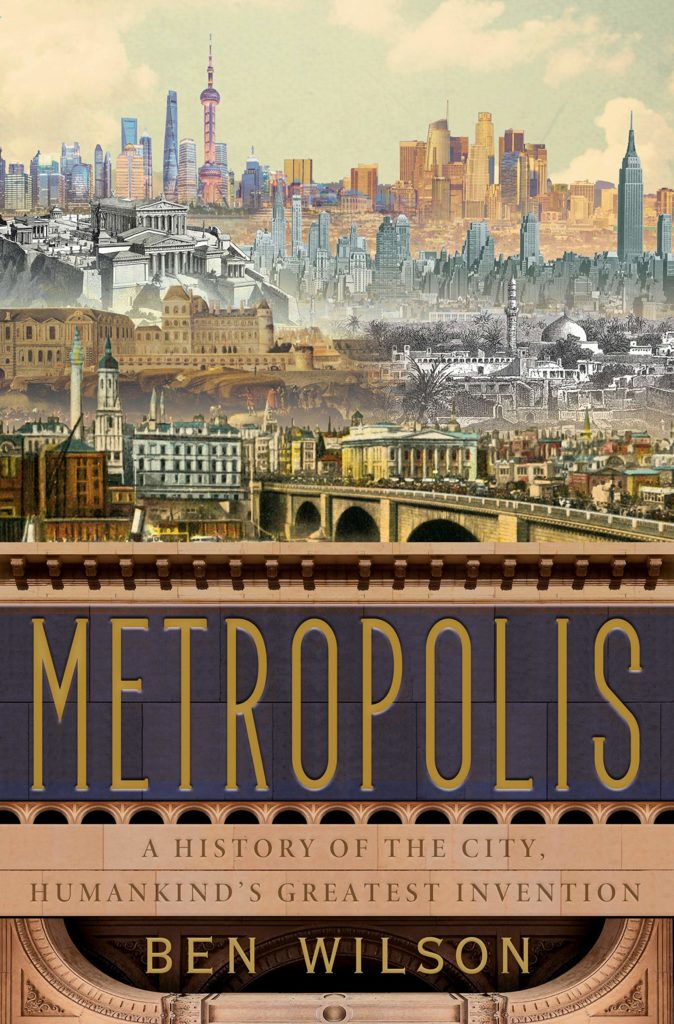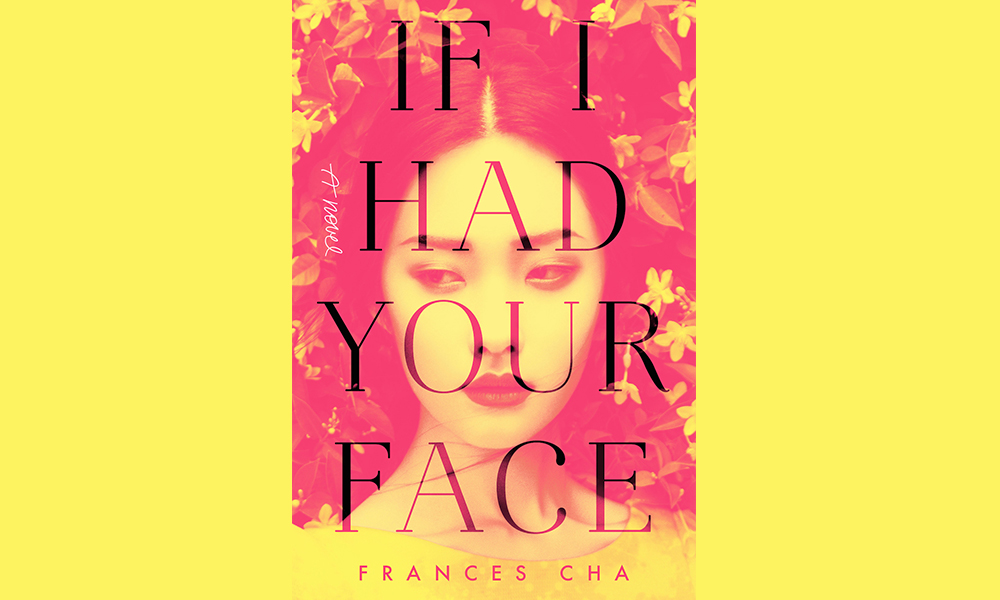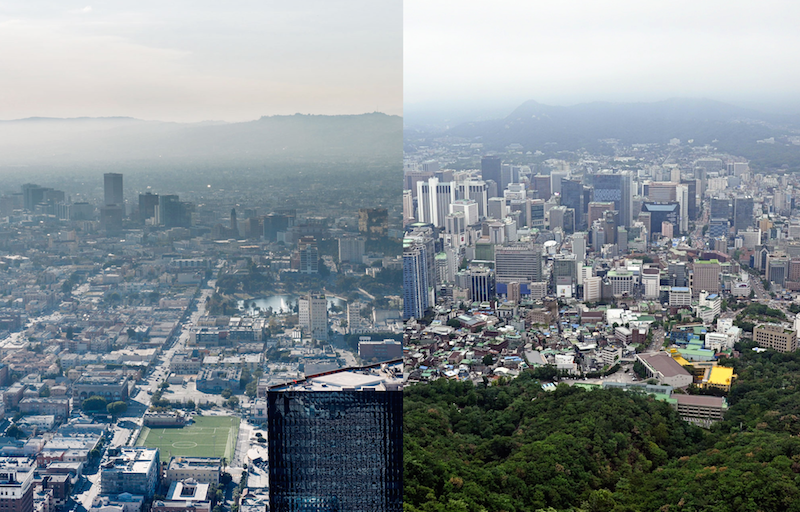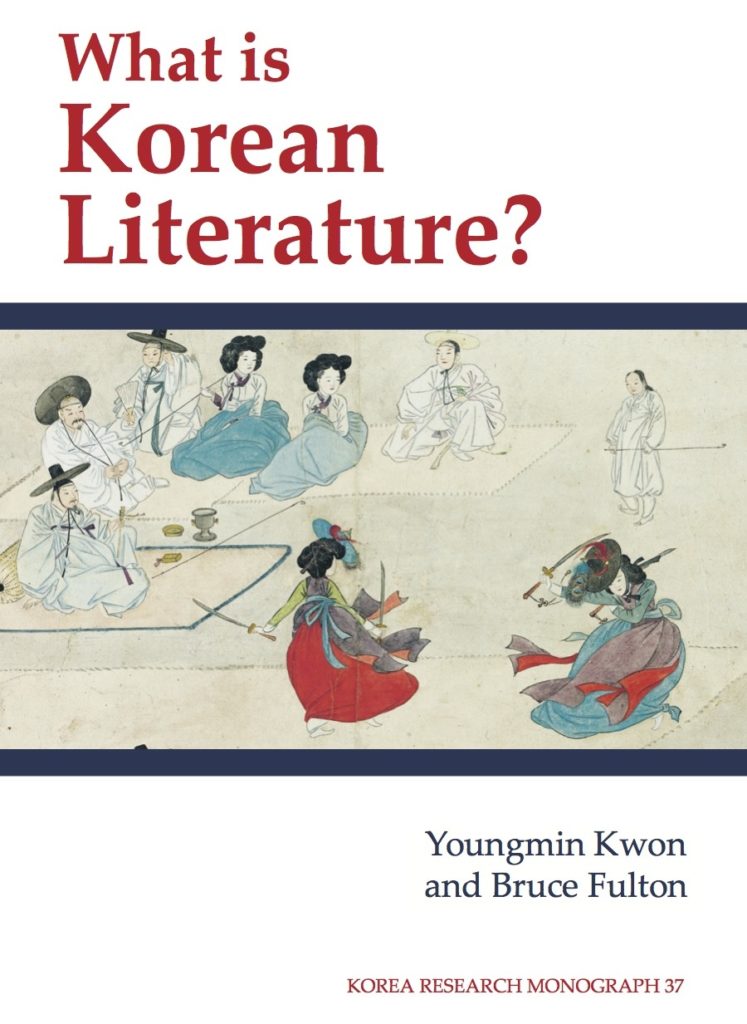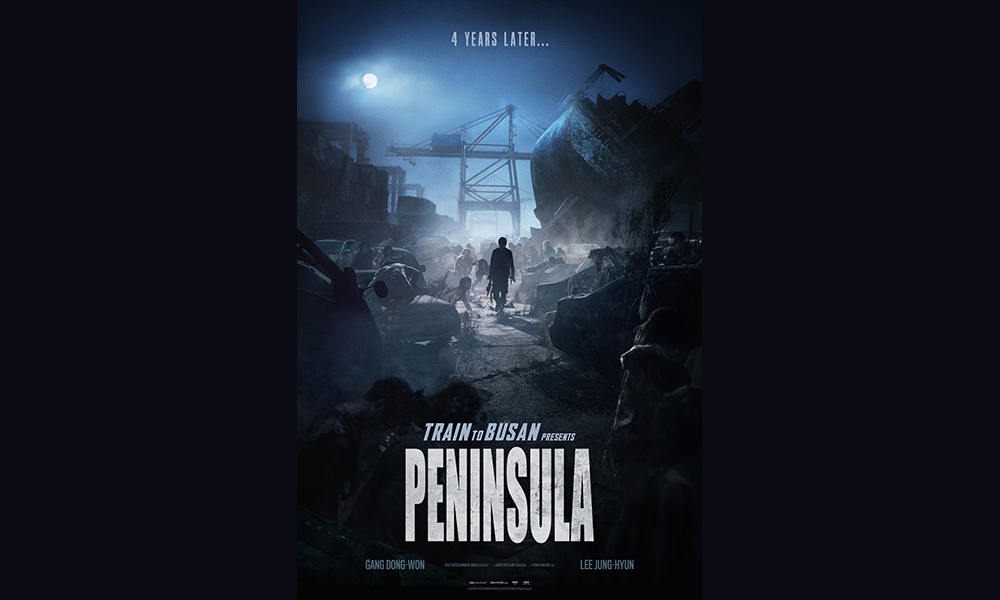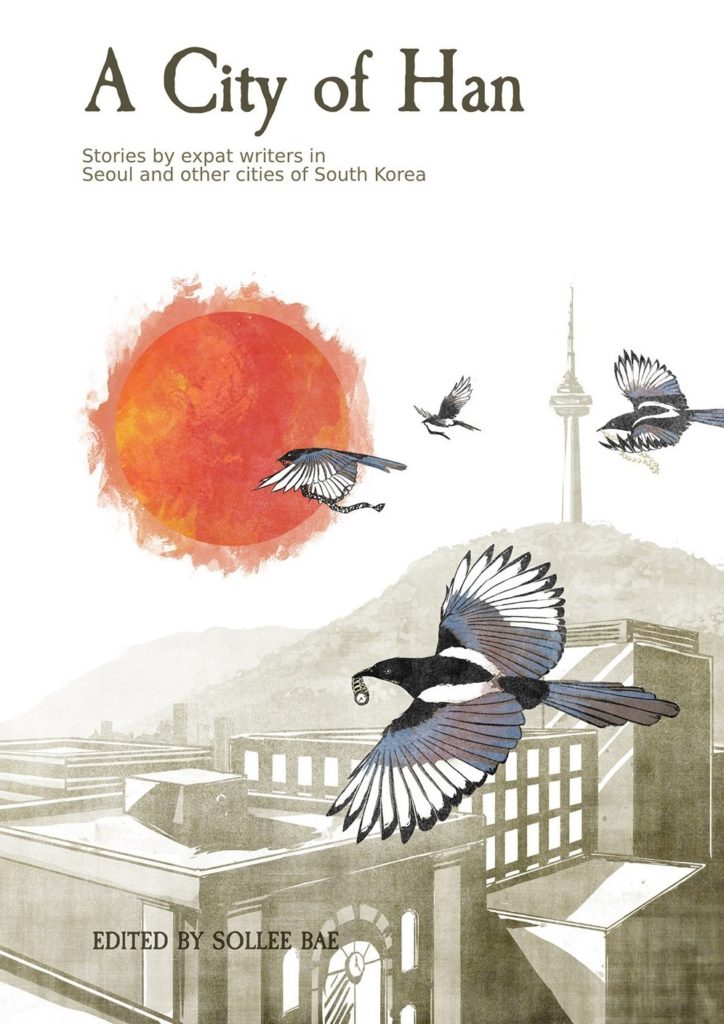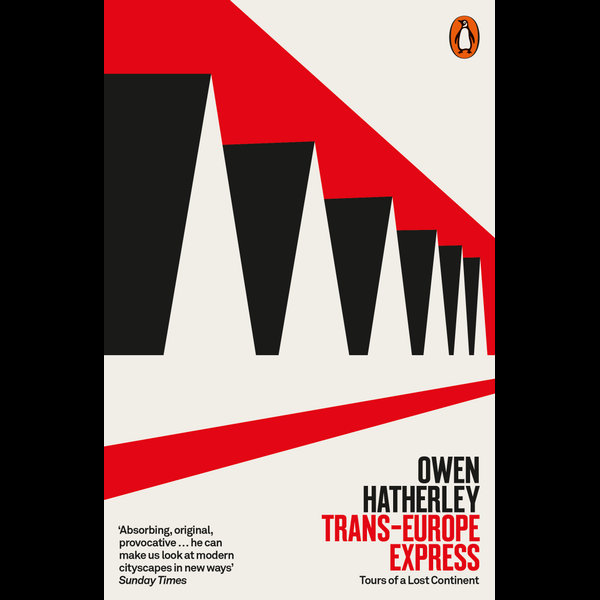
The publisher of Owen Hatherley’s Trans-Europe Express: Tours of a Lost Continent sent me a copy addressed to “Colin Marshall, Cities Writer.” Though I’ve never worked under that title, I can hardly reject it; then again, it would seem to apply rather better to Hatherley himself, who despite being only three years older than me has published ten more books than I have. The volumes with which he made his name, 2010’s A Guide to the New Ruins of Great Britain and 2012’s A New Kind of Bleak, deal exclusively with the built environments of British cities. 2015 Landscapes of Communism sends him farther afield, to capitals such as Moscow and the former East Berlin, of course, but also Kiev, Warsaw, Bucharest, Vilnius, and Zagreb, among other smaller and more obscure ex-Soviet destinations. Trans-Europe Express, his eighth, represents the widest expansion yet of his architectural-urbanistic mandate.
Essentially an essay anthology, the bookcollects Hatherley’s writings on various cities across the European continent. The occasion was the United Kingdom’s “Brexit” vote of 2016 — hence, presumably, the “Lost” of the subtitle — and the structuring question is what, exactly, makes European cities different, usually better, than British ones. “The reason why I wanted to stay in the European Union was architectural,” Hatherley writes, though in his view the superiority of the European city doesn’t stop at its buildings but manifests in its streets, its squares, its transit systems, indeed its very sense of urbanity. Urban Britain did once seem about to Europeanize: “Bradford would be an Italian hill town, Gateshead would be the new Bilbao, Salford would become as outward-looking as Rotterdam, Sheffield would model its public spaces on Barcelona.” Yet “each of these towns and cities voted in the majority to leave Europe. What went wrong?”
Read the whole thing at Substack.
